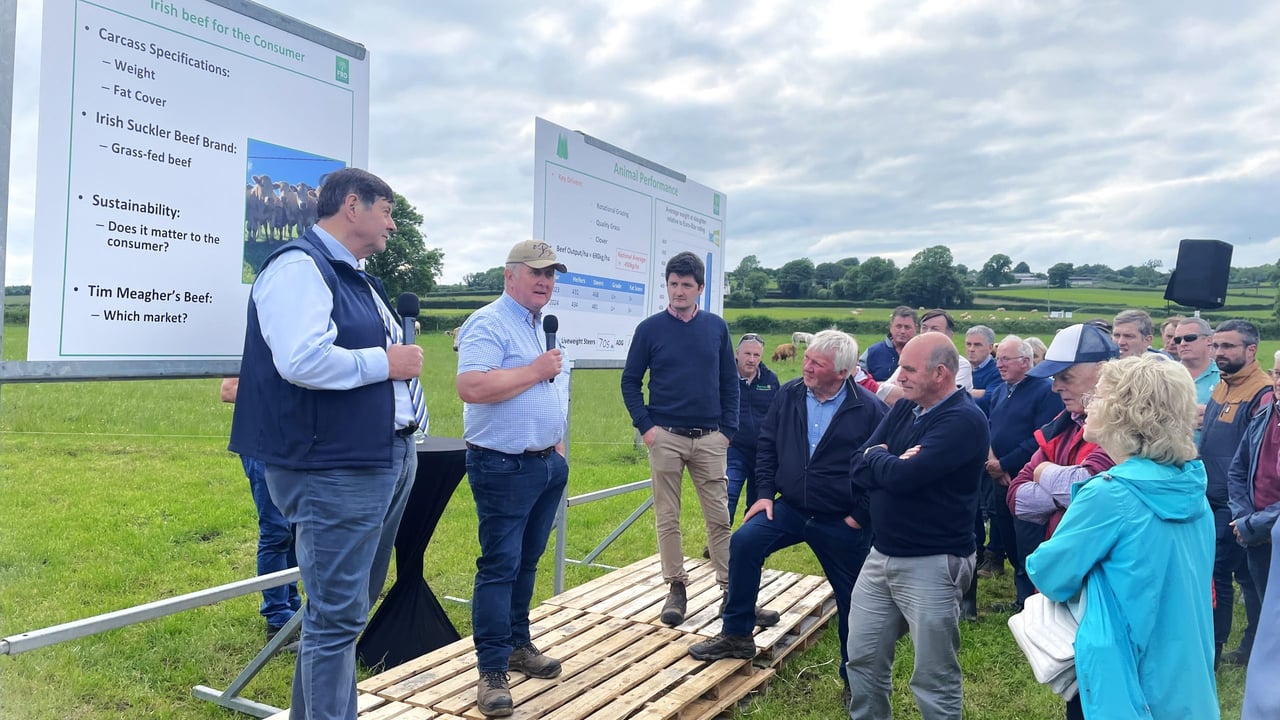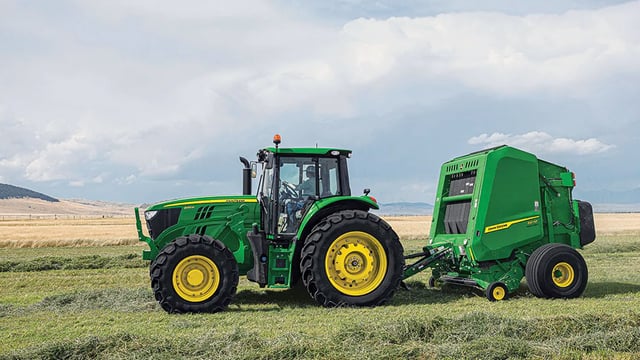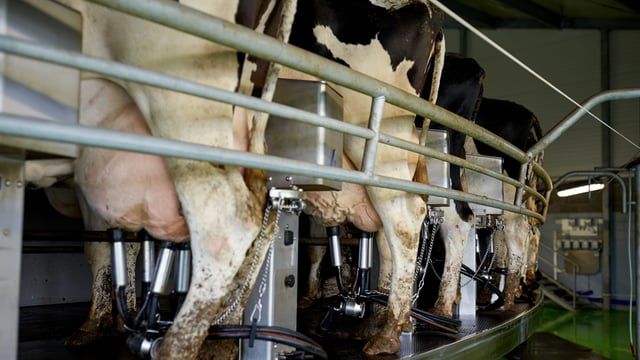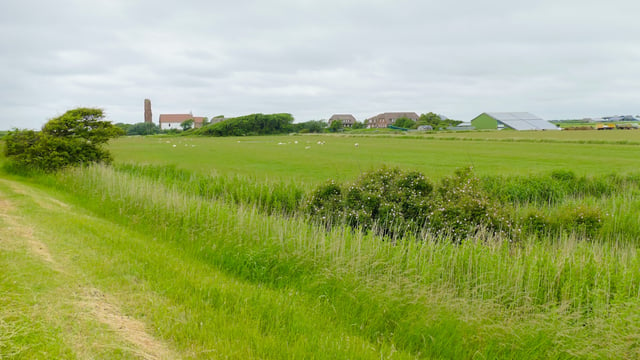Factory insight on beef price and heavy carcass markets
Over 400 farmers from across Ireland attended the recent Irish Grassland Association (IGA) Beef Event in Roscrea, Co. Tipperary, where they heard an interesting factory insight on beef price and heavy carcass markets.
The event took place on Tuesday, June 10, on the 112ha farm of Tim Meagher, who is finishing 250 continental, suckler-bred cattle/year in a store-to-beef system.
The farm finishes both heifers and steers sourced from the west of Ireland. The average grade for both heifers and steers is U=3= with an average steer carcass weight of 481kg in 2024.
All cattle are sold to Dawn Meats and speaking at the event, the factory group development manager Paul Nolan explained why producing carcasses of this weight is now "a specialist job". He also gave an insight on how he sees beef prices faring in the near future.
As beef finishers will know, producing beef carcasses over 400kg can cause issues with some processors, as these cattle can be deemed 'overweight' and face price cuts, in some cases.
Heavy carcasses
The Dawn Meats group development manager said: " In terms of what Tim is producing here, I suppose I could give you a history lesson.
"Back 40 years ago, everybody wanted what Tim was doing because intervention was paying. The better the grade - the bigger the animal, the more money you got.
"But when we got into the real world, what we found was as retail and supermarkets grew - and that's where most of us are now doing our shopping - that there is a commonality and the commonality is that people are watching the price of a steak.
"So that tends to influence their purchasing choice and when we translate that back for the majority of markets, it is something that is somewhat lighter than what Tim is producing.
"But on the other side, there are niches for very-high quality, heavy beef [carcasses] on the continent. They're small, very demanding and the big thing they want is consistency."
Nolan explained that marketing these heavy carcasses effectively requires a steady supply of a consistent product.
He said: "What we find with people like Tim is that you know what he has and therefore you have a chance of selling that on a continuous basis and getting a good return for it.
"The danger is we have some people who will come in with cattle that are not quite as good, we haven't been given the notice and it's very hard to market that properly."
What's the issue with the heavy carcass?
Nolan explained why heavy carcasses can cause challenges when trying to retail the prime beef cuts of these.
He said: "The striploin of those animals 400-440kg are too big for the supermarkets so they end up going into the local carvery or local restaurant where they're sliced for roast beef rather than steaks."
He explained that where a processor is aware of heavy cattle coming in advance and the factory has an outlet, the subsequent prime cuts of beef of these heavier cattle "actually end up at much higher value in Europe".
Beef price outlook
Farmers always like to hear a factory-representatives' perspective on where beef price will go and while Nolan admitted he can not say for certain how the market will perform, he offered his insight and opinion on where the trade is currently at and where it may go.
He said: "Currently, retailers are struggling to hold back the full price that beef is now costing them and that therefore is now starting to hit the consumer and we are starting to see a bit of resistance. I think figures in the UK are starting to demonstrate that.
"In normal circumstances, if the product is too high, the price has to come down if we are to move it.
"On the other side, not just across Europe but through major global beef producing countries at the moment, cattle [supplies] are tight. And they're going to be tight for the foreseeable.
"So I think there's a reasonable balance that says if you're to take a punt any year, this mightn't be the wrong one to do it. "
One farmer in attendance at the event highlighted the number of Irish weanlings that are being exported and noted that these cattle are going to countries that could potentially be market destinations for Irish beef.
The Dawn Meats group development manager acknowledged the farmers' point saying: "From our point of view, there's major haemorrhaging going on at the moment but the market is the market and he with the best price dictates."
"The point I was making was with those animals going away, that prices are going to be reasonably stable here for the foreseeable - in my opinion."
Ideal factory carcass specification
Nolan was asked for a comment on the ideal factory carcass specification and said: "The general rule hasn't changed in the last coupe of years.
"Go back again to the fact most of us are buying our beef in the supermarket, so the feedback from that is we're looking for - in the ideal world - a 300-350 or 360kg carcass grading an O+ to an R+ and fat score of 3 but a 4- is fine and that tends to suit the majority of markets at the very best."
"There is room on both sides of that obviously."
He said: "60% of beef is from the dairy side and we are seeing a lot more cattle that suit the pockets of most of the consumers as I say.
"And the pluses about those is that if they're being done well, and the genetics is right that you're producing an animal you can kill younger, cutting down on the methane, turning over animals more quickly.
The Dawn Meats group development manager noted that the cattle Tim is producing are "very much specialist".
"You need a very clear understanding with your factory that you will have them, when you have them, and see can they sell them basically.
"You don't want to turn up on the day and be told they're not what the supermarket want."
Nolan credited the host farmer for the major focus on grass-based weight gain for the beef cattle on his farm.
"Grass based is essential, As we know, it's the unique selling point of Irish beef and it's something that's recognised throughout the world or at least the world we operate in," Nolan said.





